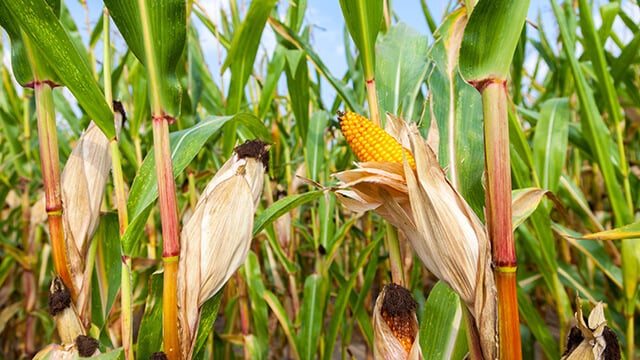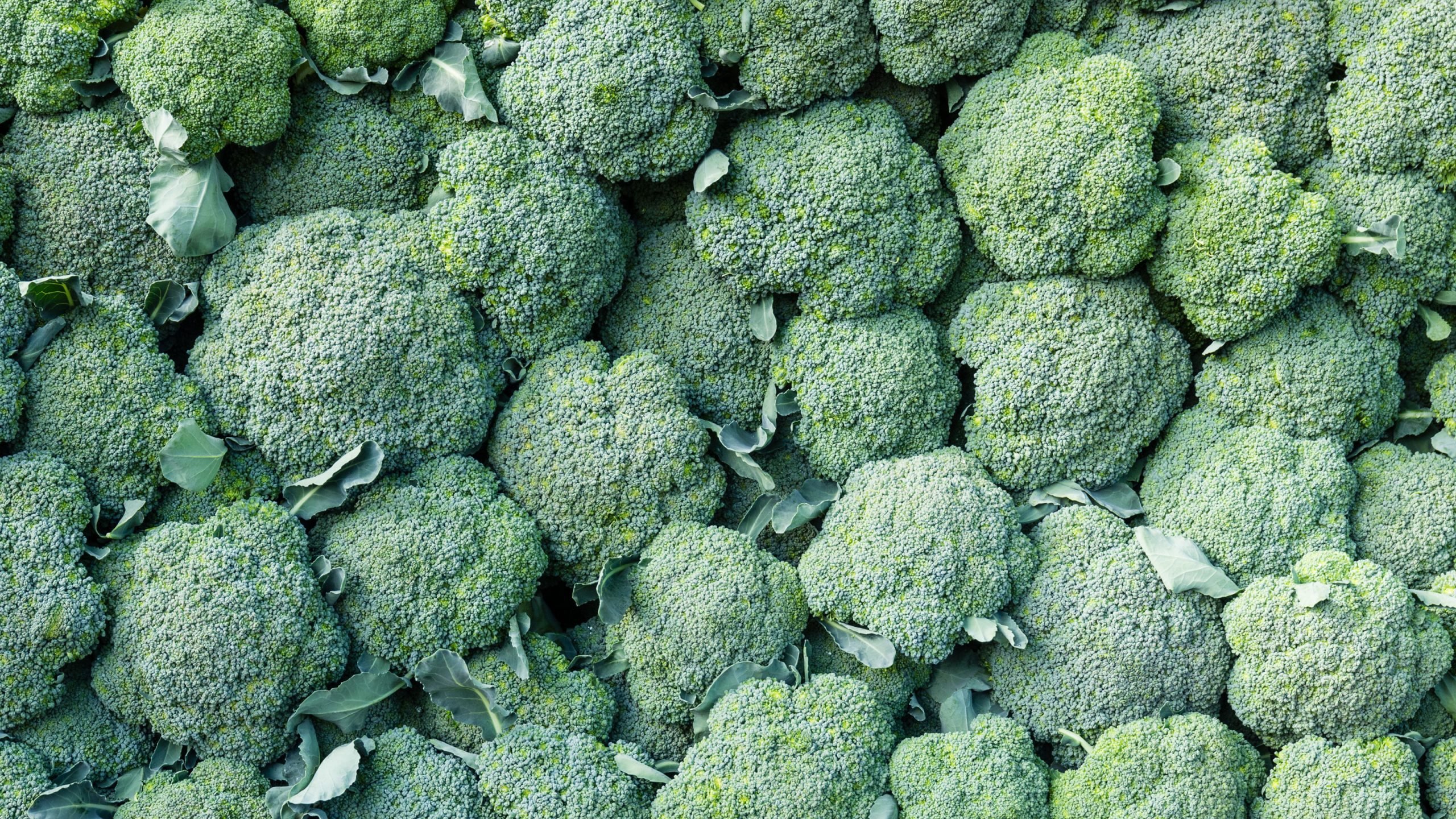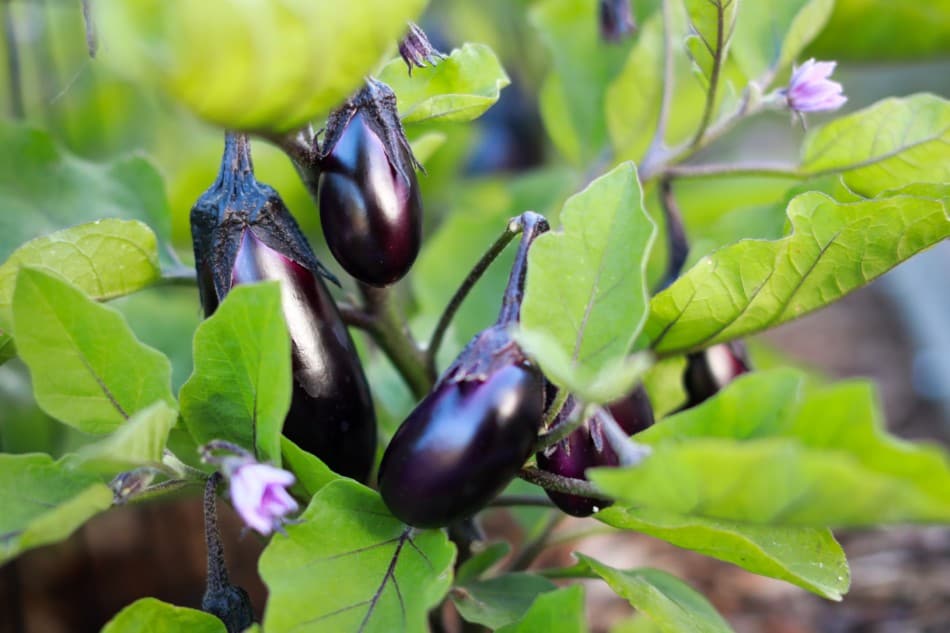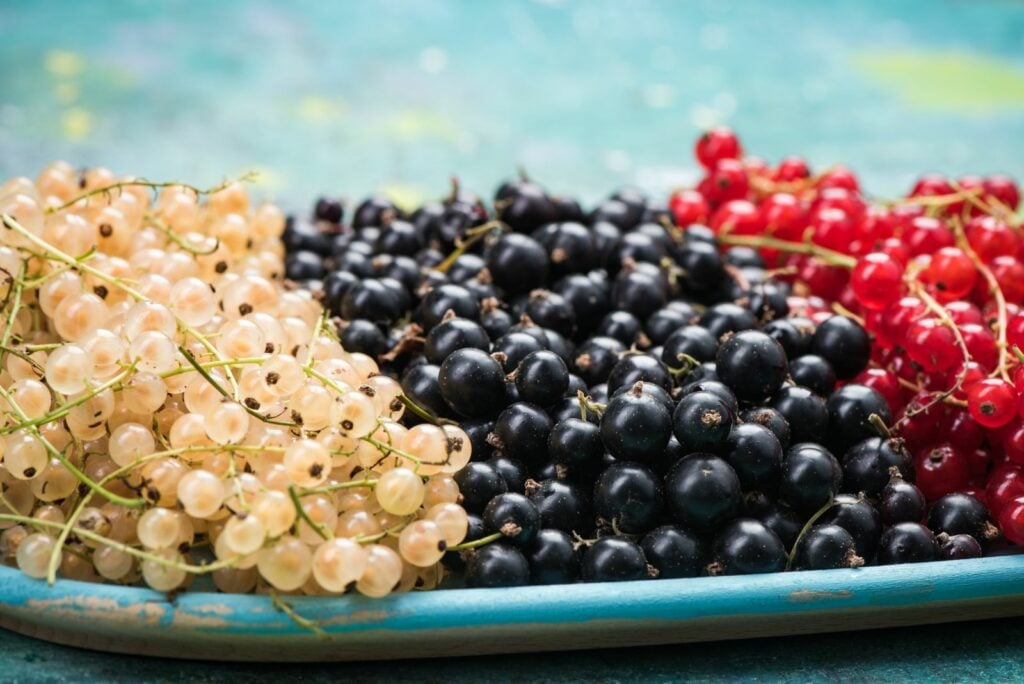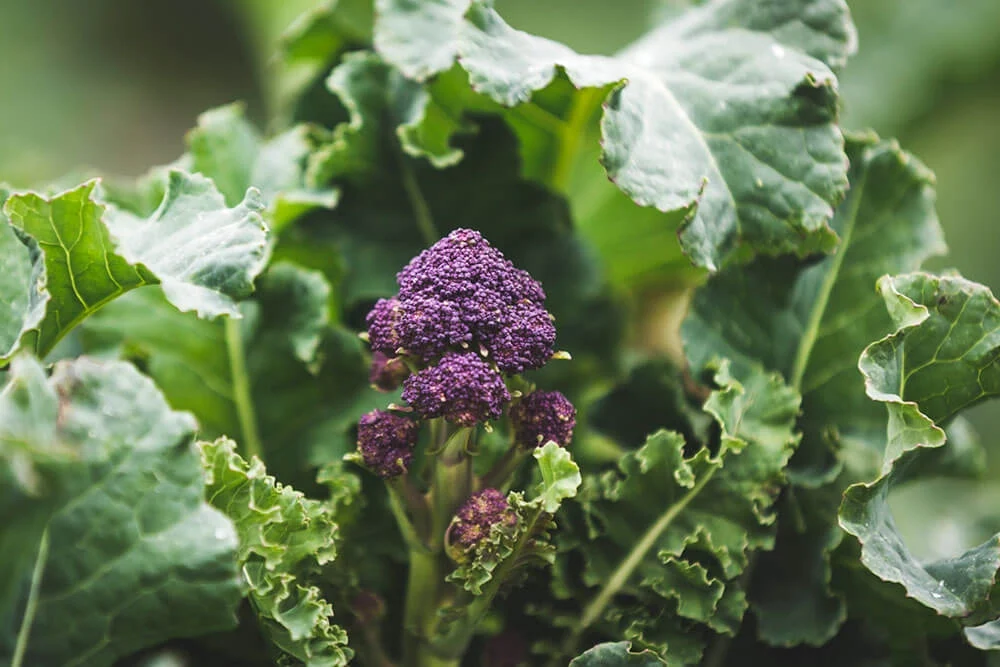Tips for Growing Leeks from Seed Successfully (Indoors & Outdoors)
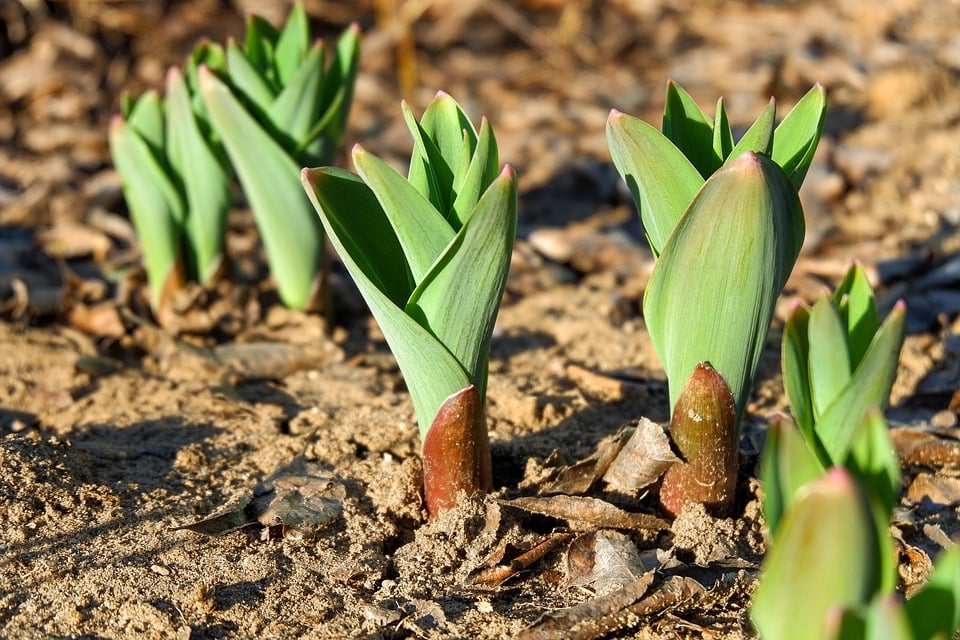
Table of Contents
Leeks are a common winter vegetable and a very popular vegetable to grow in the UK. The leek has cultural and historical significance in the UK, which is why it is the national emblem of Wales. The leek is a very tasty vegetable on its own or in other delicious dishes like soups, stews, casseroles, noodles, etc.
With leeks, you can braise, roast, grill, sauté, stir fry, and much more, so you might as well learn how to grow these vegetables in your garden. Let’s get started on learning what you need to know about leeks before you start sowing them.
In this article, you will learn when to sow leeks, how much to water them, what kind of soil you need, whether they can be grown indoors just as well as outdoors when they mature, when is the right time to harvest them, which pests to look out for, which diseases can affect your leeks and much more.
About The Leek Vegetable
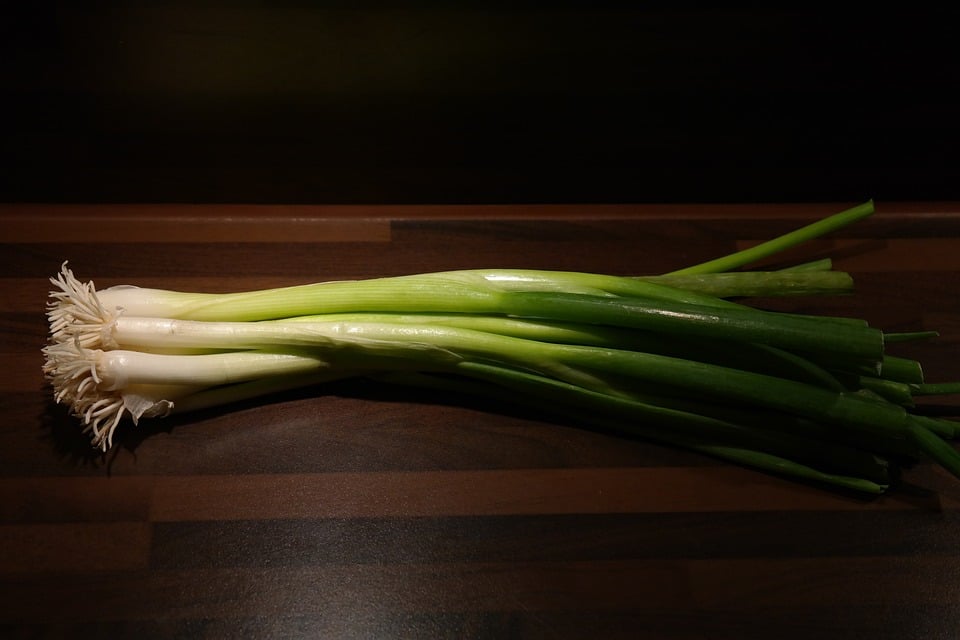
Leeks come from the Allium family, and others in the genus Allium include the onion, shallot, garlic, chives, scallion, and Chinese onion. The leeks have a mild, onion-like taste, leaf sheaths, and a stem. Usually, you eat the leaves with the white base and light green leaves, but the dark green leaves can be eaten instead of just being discarded to avoid waste.
Brief Overview of Leek
- Scientific Name — Allium porrum / Allium ampeloprasum
- Plant Type — Annual Vegetable
- Hardy — H4
- Sunlight — Full sun
- Height — 0.3 – 0.7 m
- Spread — 0.1 – 0.2 m
- Flowers Colour — White or purple
How to Grow and Care for Leeks in the UK?
Leeks are hardy vegetables and can be cultivated in your garden. Just make sure to follow all the instructions to have healthy growth.
1. Choose the Leek Variety
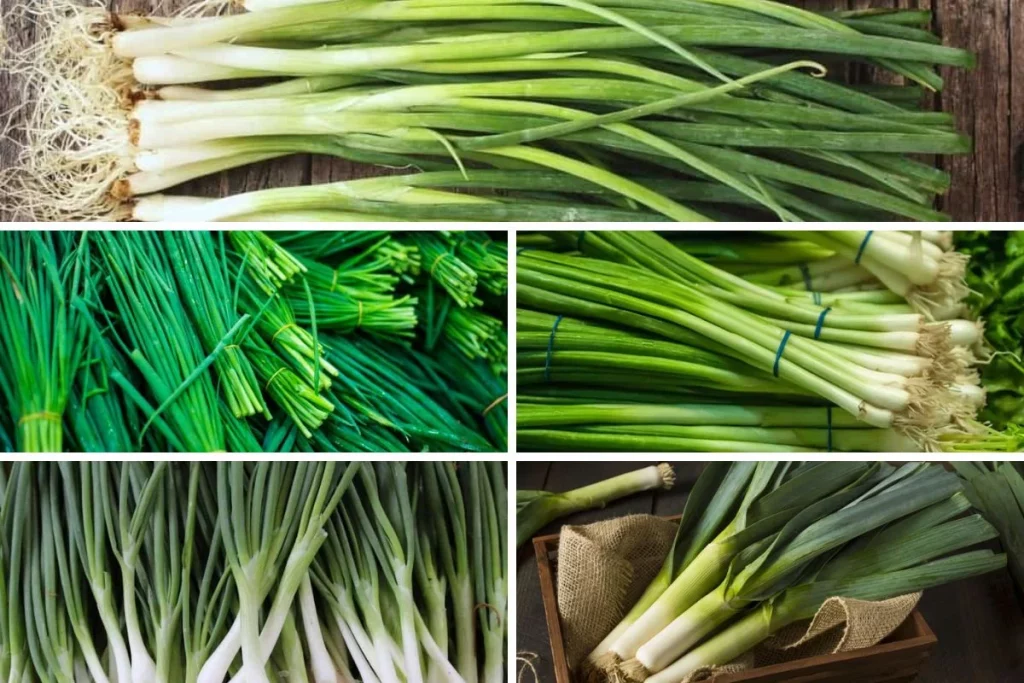
You need to pick a leek variety when you start planting them, and there are several varieties to choose from. The Royal Horticultural Society of the UK has given the Award of Garden Merit to the following types-
- Autumn Giant Porvite
- Stamford
- Krypton
- Oarsman
- Cairngorm
- Mammoth Blanch
- Jolant
- Portabella
- Longbow
- Blauwgroene Winter
2. Decide Where to Sow Leeks
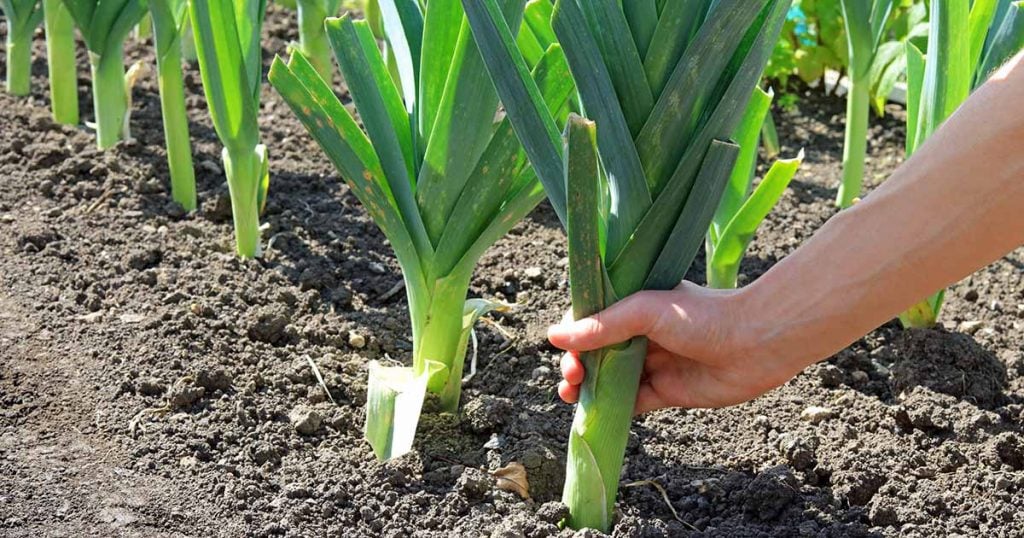
Leeks are usually sown in the ground but can grow in deep containers and raised garden beds. They need full sun, but partial shade will also work for them. The floor needs to be fertile and rich in organic matter, as leeks need soil to be moist and free-draining.
3. When to Sow Leeks
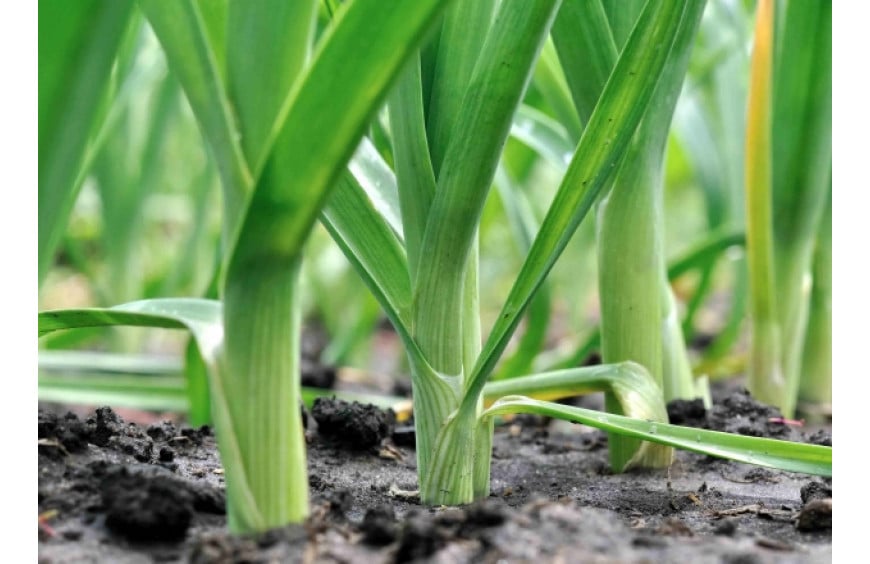
Since leeks take time to mature, you must wait until late winter or early spring to sow the seeds. Then, the seeds can be planted in a seedbed before being moved the following summer or to the ground. For indoors, sow leek seeds from February to June; for outside, do it from March to June.
4. Sowing Leeks – Indoors
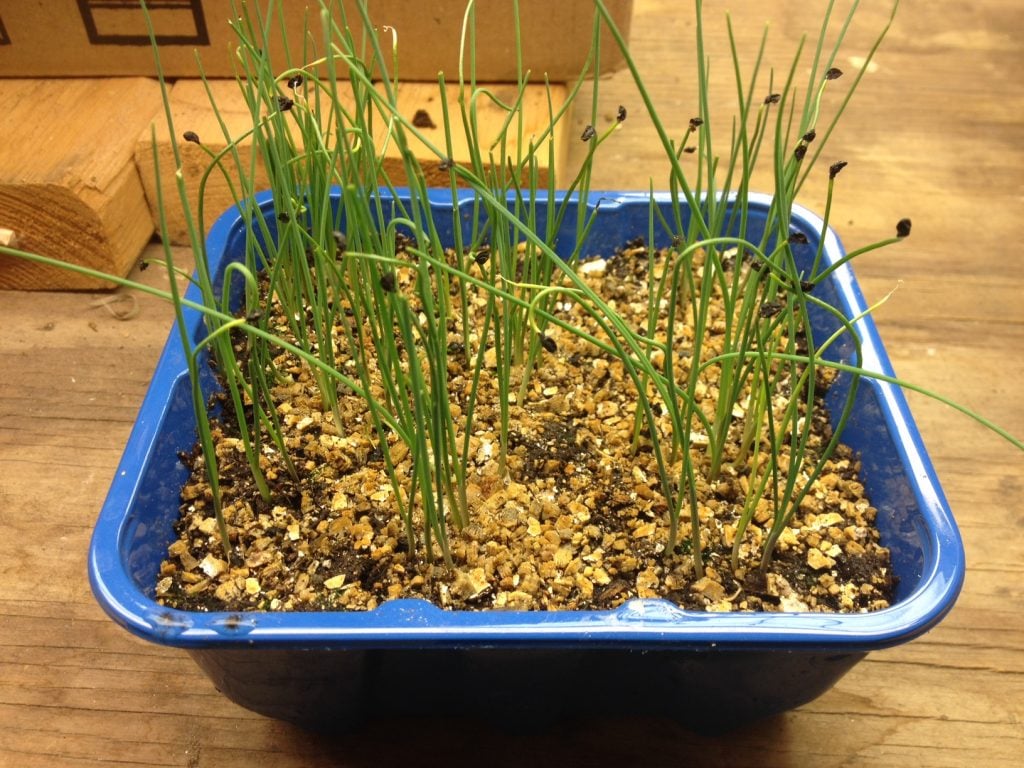
To sow leeks indoors, your first step is preparing the seed trays or small pots. They need to be filled with peat-free potting compost. Next, put the leek seeds on the growing medium’s surface and cover them with a few millimetres of the potting mixture. After germination, place the leeks into small pots individually. The leeks can be transported into your garden around 15-20 cm tall and approximately thick as a pencil. Tend to them carefully in the summer and autumn months for a successful harvest.
5. Sowing Leeks – Outdoors
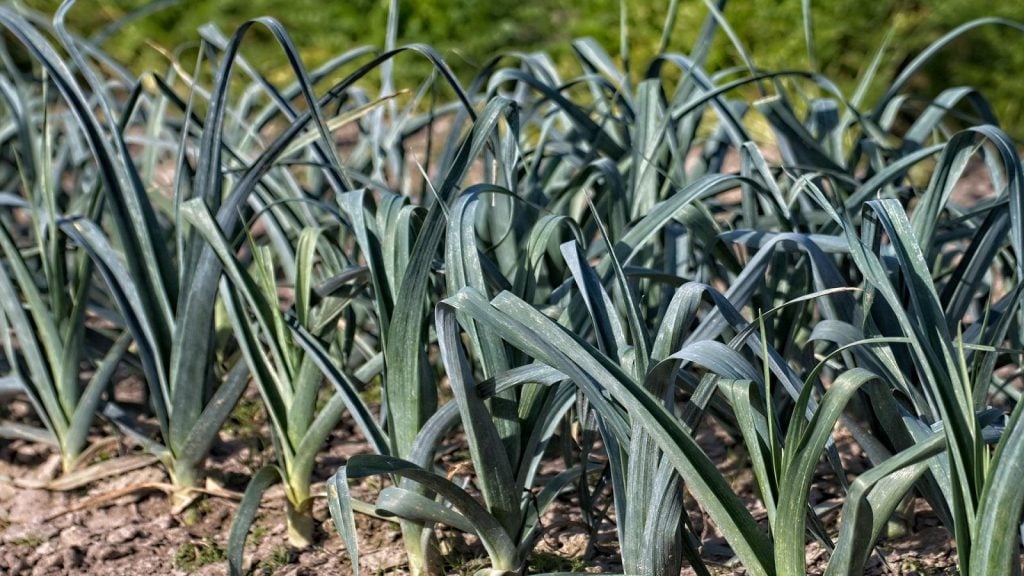
For outdoor sowing, you will need a prepared seed bed well composted or manured; you will have to rake the seed beds to a fine tilth. Plant the seeds around 15 cm apart and 1 cm deep in rows. In early summer, transfer the leeks to the garden. You will need to look after them through the summer and autumn, and your harvest will be bountiful later that year.
6. Watering Leeks
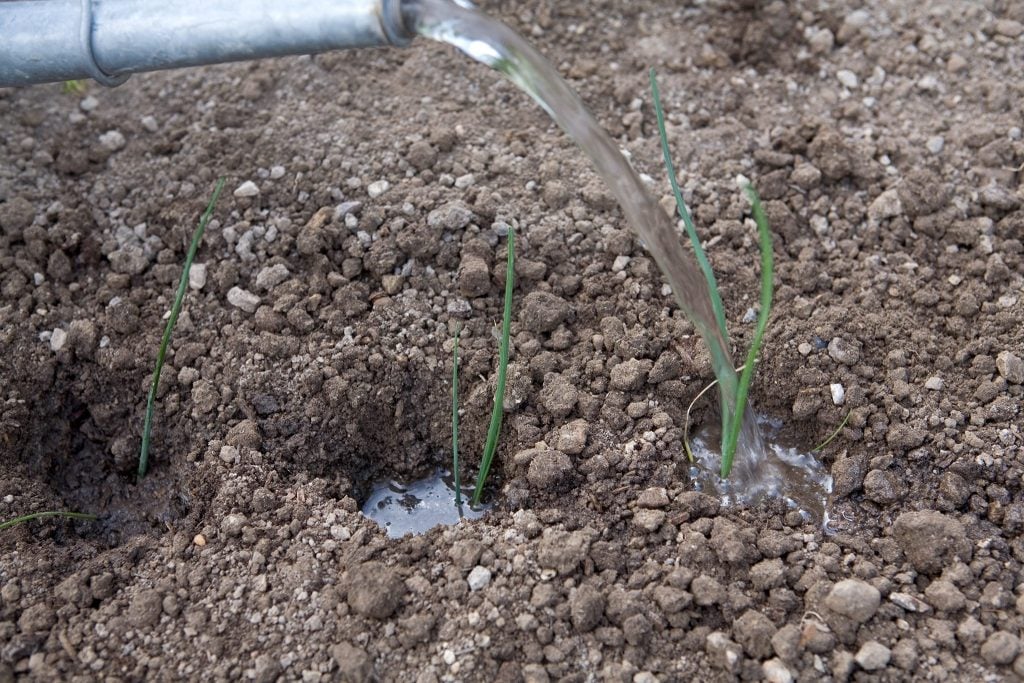
Leek seedlings and young plants must be watered regularly until they are well established. Then, you only need to water them during the dry periods and add more mulch for good growth. Leeks in containers need more watering since the compost dries faster. The mulch must remain in place over the summer months and pull out any growing weeds between the leeks.
7. Harvesting Leeks
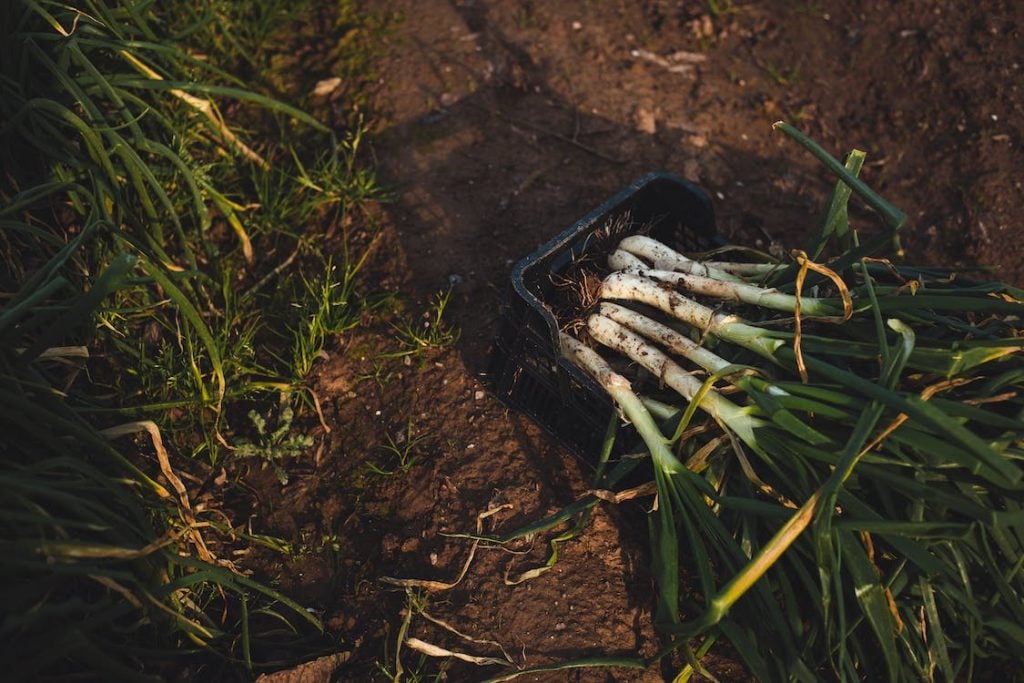
Typically, you can harvest your leeks from late August onwards, roughly six months from planting. The harvesting of your leeks will be dependent on which varieties you grew. Some leeks can be harvested in late summer or autumn, and others are perfect for mid-winter harvesting.
Leeks are hardy, so they can survive different weather conditions in the UK, like low temperatures, wet conditions, windy days, and snow. If the ground freezes solid during winter in your area, you can move the leeks to a warmer spot.
8. Crop Rotation
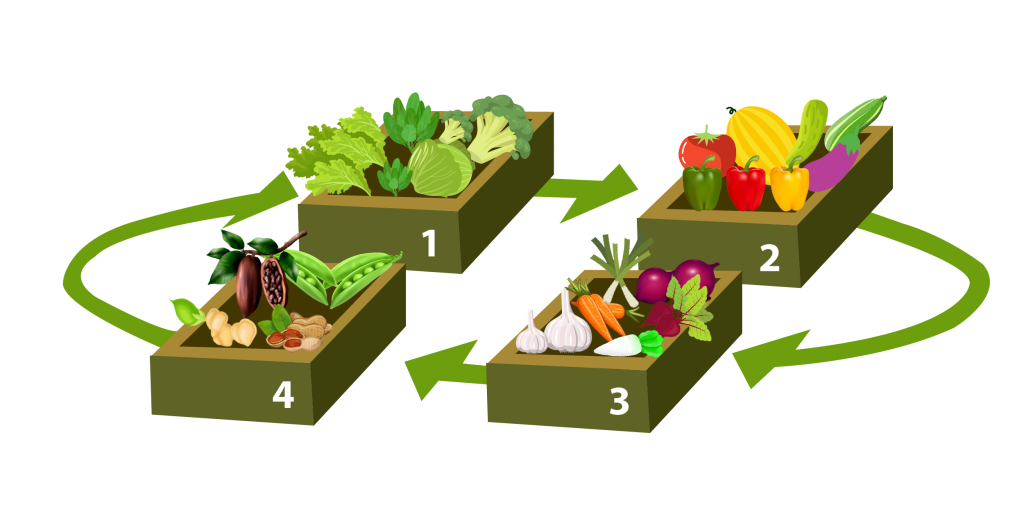
You should strongly consider crop rotation when making your gardening schedule and deciding when to sow leeks. Perennial vegetables can be planted with perennial leeks since the strong scents help keep pests away. Having fruit trees like apples planted near leeks helps the fruit trees since the perennial alliums help keep pests away and sometimes prevent the prevention of fungal problems like apple scabs.
9. Diseases and Pests to Watch Out For
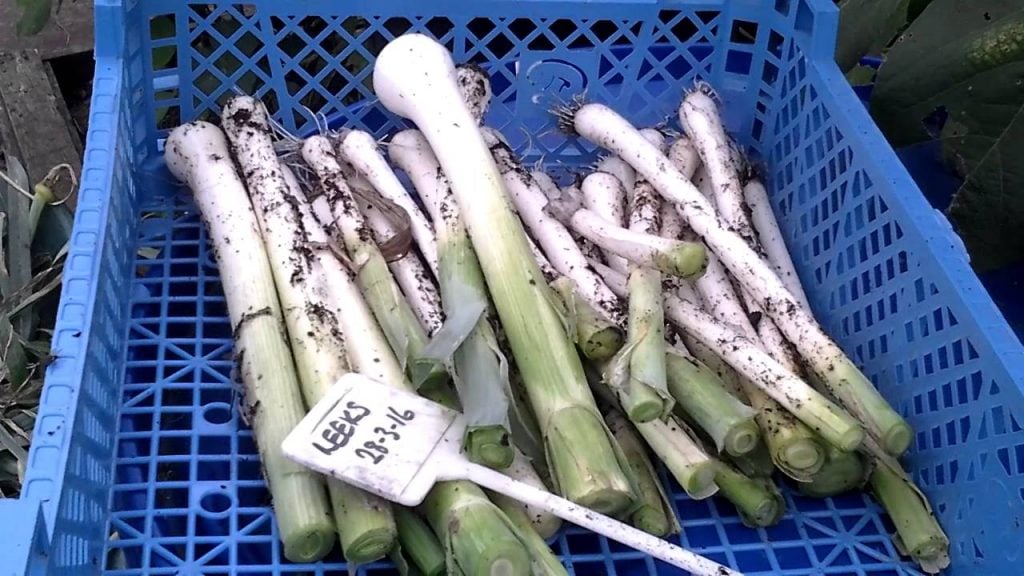
The most common problem for leeks is leek rust, a fungal infection. The leeks should not be overcrowded and do not overwater; otherwise, your leeks will have fungal problems. Onion white rot is another fungal problem that attacks your leek crop. Other problems you look for are leek moth, white tips, white rot, downy mildew, and the usual diseases in the onion family.
10. Winter Growing for Leeks
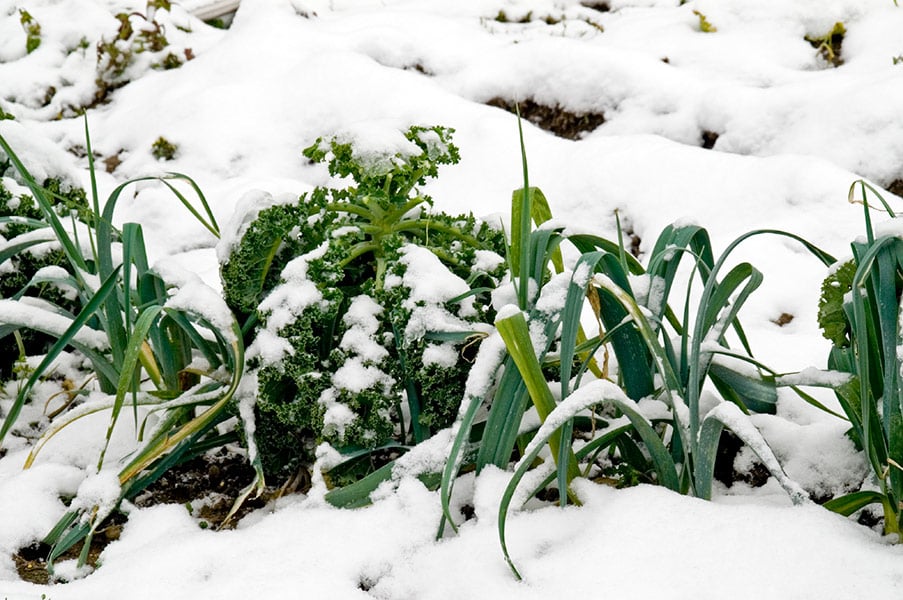
Leeks are perfect if you want to sow in late winter or just leave them in the ground throughout the following year’s winter. With the first choice, you will sow the leeks inside in February and harvest them in late summer or early autumn. But usually, you do not leave leeks outside in their final growing spots until April or May. With the second choice, you must remember that the plants are not actively growing in the winter months. The plants grow to maturity during the summer and are kept in the ground during winter until harvest time. Start sowing leeks inside in February so that you can harvest them at the start of the leek harvesting season, and sow more batches of seeds during spring and early summer to continue harvesting leeks right up to the next year.
You just need to pick the right variety, early, mid or late-season. Certain leeks are for early sowing and harvesting; some are perfect for harvesting in mid-winter, and there are leeks that are best suited to be left in your garden right up to spring. Usually, leeks can be harvested around six months after they have been planted. If you want to harvest your leeks in winter, you need to make sure that you do not sow too early.
Tools Needed to Grow Leeks from Seeds
You can start gardening when you have the answers to questions like when to sow leeks-
1. Leek Seeds
First, you will need leek seeds. Here are some links you can refer to
- Leek Giant Winter – Appx 350 Seeds
- Simply Garden Leek Musselburgh Seeds
- Leek Seeds Giant Winter 300 Seeds
- Leek ‘Autumn Giant 2 – Argenta’ Seeds Hardy Biennial Vegetable
- Leek Giant Winter – Appx 1750 Seeds
2. Gardening Tools
You will need gardening tools to sow and harvest your leeks
- Garden Tool Set with Holders
- Jardineer Garden Tools Set
- 11 PCS Aluminum Alloy Steel Hand Tool
- Grenebo Gardening Tools, 9-Piece Heavy Duty Gardening Hand Tools
- DEWINNER Garden Tool Set
3. Garden Beds
Leeks can also be sown in garden beds before planting in the ground
- Extra Large Fabric Raised Bed Garden
- Raised Garden Bed Planter Box Outdoor
- The Chamberlain Wooden Raised Grow Bed
- 1PC Wooden 3 Tiers Raised Bed
4. Mulch for Leeks
Do not forget to buy mulch for your leeks
- Miracle-Gro Premium Fibre Smart Mulch
- RocketGro Organic Mulch 40l Peat-Free
- Jamieson Brothers Multi-Mulch 60L Bag
Growing Leeks From Seed (Indoors & Outdoors)
All in all, Leeks are an outstanding addition to your garden. This winter vegetable is hardy and very useful to have fresh in your kitchen for soups, noodles, and many more dishes. You will have a fruitful harvest if you put in time and effort. There are also so many leek varieties available in the UK which can be sowed. The leek is a part of the onion family and can grow in various soil conditions. Leeks can also survive different weather conditions in the UK.
This versatile vegetable can be grown with other plants like broccoli, beetroot, cabbage, kale, kohlrabi, lavender, thyme, rosemary, and many more. Do not let questions like when to sow leeks, where to plant leeks, what soil leeks need to grow, and others deter you from planting leeks in your garden.
This article will answer all those questions. Write down your thoughts or experiences in the comments below about growing leeks and what you learned from them.

